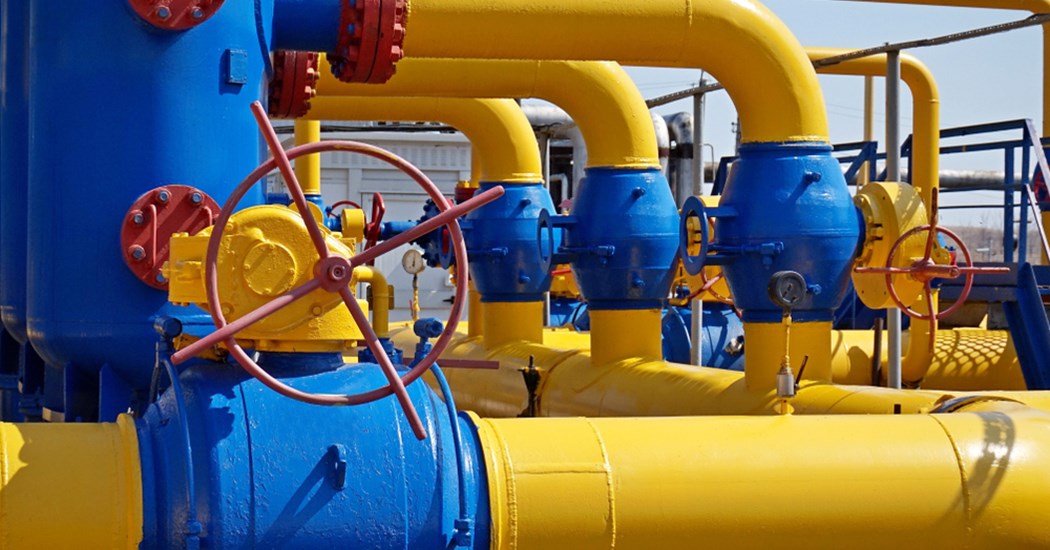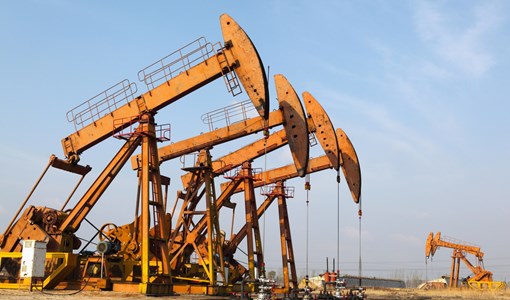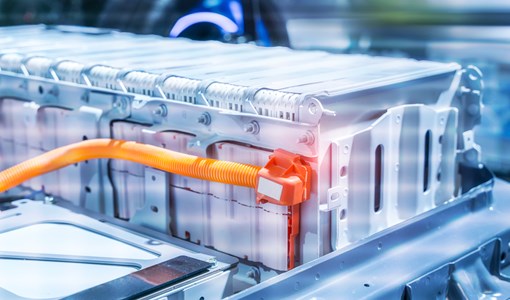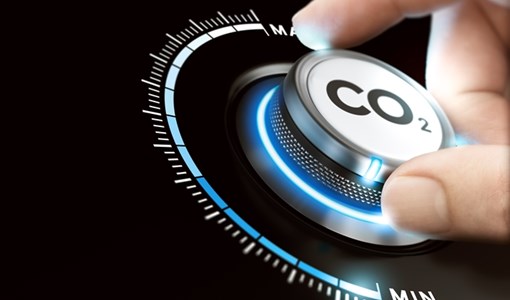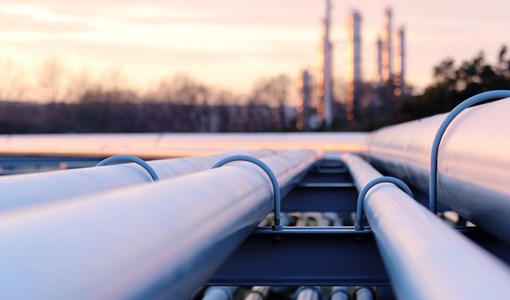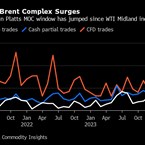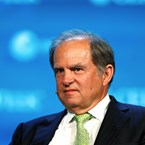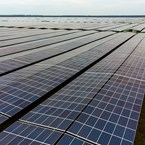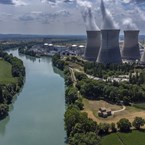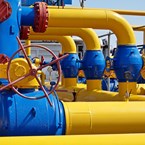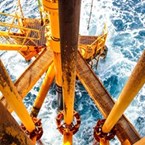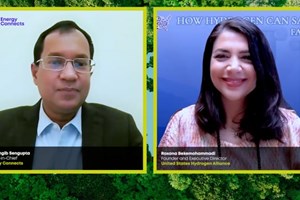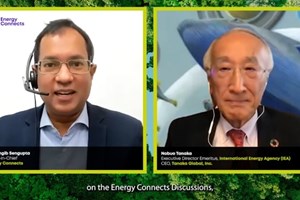Europe’s energy sector at the crossroads amid push for renewables, year of elections and AI
In theory, Europe’s energy sector has been caught for a while in what looks like a perfect storm amid geopolitical tensions and, more recently, rising uncertainty on the outcome of key elections on both sides of the Atlantic Ocean.
In practice, according to experts, neither the war in Ukraine nor the ongoing tensions in the Middle East have sent those shockwaves across the Old Continent that many feared. After exposing its dependence on fossil fuels with an initial rise in prices, the energy sector in Europe has returned to business as usual. The European Parliament is even working to accelerate greener alternatives such as renewable energy, in keeping with the bloc’s ambitious emissions reduction targets in the fight against climate change.
“Lucky timing if you may say so, or simply the reflection of the fact that global demand for [energy] consumption was somewhat subdued given weak growth,” Raffaella Tenconi, a London-based chief economist at Wood & Company, told Energy Connects.

The risk is that we see an escalation of either or both conflicts at the time when monetary easing will begin to strengthen demand.
- Raffaella Tenconi, Chief Economist at Wood & Company
In March, the European Central Bank (ECB) revised slightly downward its assumptions for oil prices, and strongly downward for wholesale gas and electricity prices – a further sign that a reduction in interest rates could be close. However, latest developments in the Middle East and escalating energy prices have raised fresh concerns whether they might influence the ECB’s decision-making regarding a planned rate cut in June.
But in the long run, weak global oil demand and high supply from the United States outweigh upward price pressures “stemming from supply risks linked to the political instability in the Middle East,” Tenconi from the Frankfurt-based institute explained.
“The risk is that we see an escalation of either or both conflicts at the time when monetary easing will begin to strengthen demand,” Tenconi added. At that point, the benefits for companies and consumers deriving from an accommodative policy of the ECB could be offset by a rise in energy prices, she said.
What the ballot box means for the energy sector
In the second half of 2024, key parliamentary elections in Europe and beyond have the potential to alter current energy policies of the government in London and of the European Commission. And it is impossible to ignore the potential ramifications of the upcoming presidential vote in the United States – including whether a new administration would prioritise fostering clean energy collaborations with Europe.
“Europe managed to substitute most of the Russian gas and oil imports with US and Qatari LNG, while reducing consumption too,” Adam Jasser, Deputy Managing Editor at the think tank Visegrad Insight and a former economic advisor to Polish Prime Minister Donald Tusk, told Energy Connects. “I presume that policymakers in the EU do not see the risk of the US not continuing to export LNG to Europe even under a Trump Presidency,” he said.
But upward pressure to prices may also come by year-end from further East, according to Davide Tabarelli, President and co-Founder of Nomisma Energia, an independent think tank doing research in the energy sector, based in Bologna, Italy.
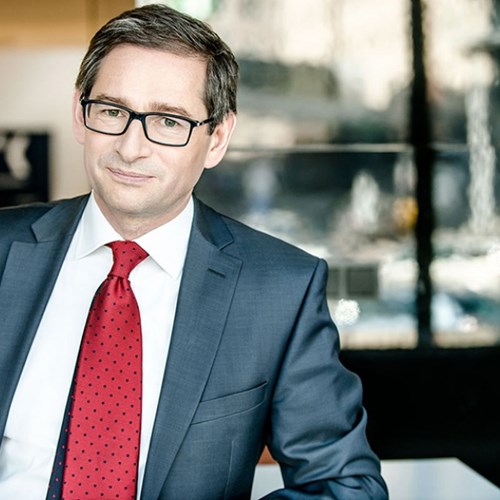
I presume that policymakers in the EU do not see the risk of the US not continuing to export LNG to Europe even under a Trump Presidency.
- Adam Jasser, former Economic Advisor to European Council President Donald Tusk
One cannot rule out a marked “increase in the Chinese economy and China’s energy demand with the consequence of a sudden and unexpected rise in oil imports, along with additional demand for LNG,” Tabarelli told Energy Connects, when asked about the single biggest risk to the industry in Europe this year and next. “This would mean rising prices of both oil and natural gas that so far have been immune to the main geopolitical tensions.”
Renewables back in focus
But what could largely remain immune to risks and instead offer opportunities for rapid growth across Europe is the renewables sector. Last year, the European Parliament backed a new target of 42.5% of renewable energy sources by 2030, as a part of its goal to become climate neutral by 2050.
In fact, according to EU Energy Commissioner Kadri Simson, cheaper electricity produced through renewable energy sources are now posing a different set of concerns for producers and investors.
“Our regulators recorded more than 6,000 occasions where our electricity prices were zero because [of] renewables and nuclear power,” Simson told the IRENA Assembly in Abu Dhabi last week. “That also sends a very confusing signal to renewables investors. How can they expect revenues?” she asked.
The pathway to resolve those concerns, she said, is to invest heavily in transmission and distribution grids because renewables do demand more flexibility.
Twin Transitions and AI
In the meantime, many questions remain unanswered about the fallout from the energy and digital transitions, as well as from the development of the Artificial Intelligence.
Experts tend to agree that the latter will increasingly benefit society in Europe and elsewhere by allowing co-ordination and optimisation of many sensors at scale and in turn enabling energy and green transitions. But, according to economist Tenconi, that virtuous circle will be entirely possible only if and when “the grids have been upgraded and other steps taken” to bolster capacity in the face of surging demand.
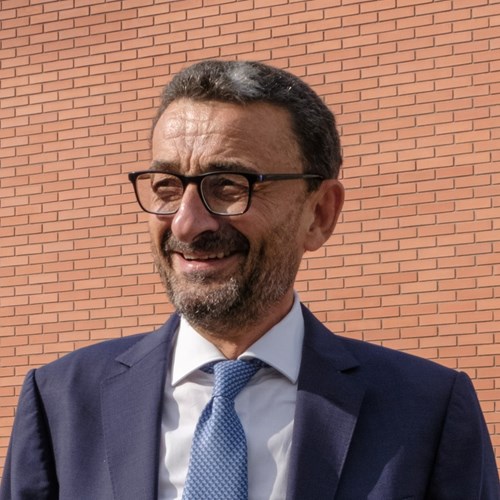
One cannot rule out a marked increase in the Chinese economy and China’s energy demand with the consequence of a sudden and unexpected rise in oil imports, along with additional demand for LNG.
- Davide Tabarelli, President and co-Founder of Nomisma Energia
The exact cost of those upgrades looks set to dominate the debate within the industry across Europe for the rest of 2024 and beyond. In late March, John Pettigrew, the chief executive of the UK's National Grid, warned that electricity demand from the nation’s data centers will rise by 500% over the next decade as a boom in artificial intelligence requires increased computing power.
Globally, electricity consumption from data centers, AI, and the cryptocurrency sector could double by 2026, the International Energy Agency (IEA) said in its 2024 Electricity Report. “This corresponds to an additional 160 TWh up to 590 TWh of electricity demand in 2026 compared to 2022, roughly equivalent to adding at least one Sweden or at most one Germany,” it said.
As for the clean energy and the renewables, their future may not be exactly bright, everywhere including Europe, according to Wood & Company’s Tenconi. The risk of green illusions this year and next may have much to do with what happens to the world’s biggest economy.
“The US public debt is already high and rising geopolitical conflicts will add defence spending, which may over time erode space for public incentives of the green transition,” the economist said. “Secondly, central bankers globally are not yet fully internalising the green transition, and that could mean interest rates fall, but remain too high to fund the transition as needed to 2030,” she said.
- Lorenzo Totaro is a former Bloomberg News correspondent in London, Brussels, and Rome, and the former Communications Director for Italy at Expo 2020 Dubai. He currently advises the Italian Government and the European Institute of Innovation for Sustainability.
KEEPING THE ENERGY INDUSTRY CONNECTED
Subscribe to our newsletter and get the best of Energy Connects directly to your inbox each week.
By subscribing, you agree to the processing of your personal data by dmg events as described in the Privacy Policy.
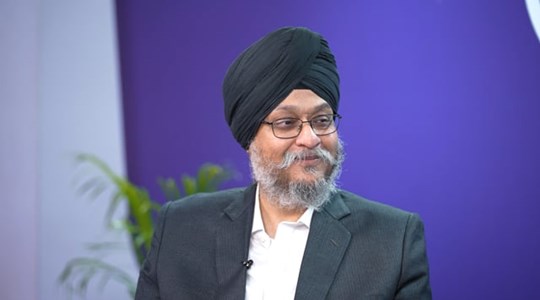
Why the energy industry is on the cusp of disruptive reinvention
Mar 12, 2024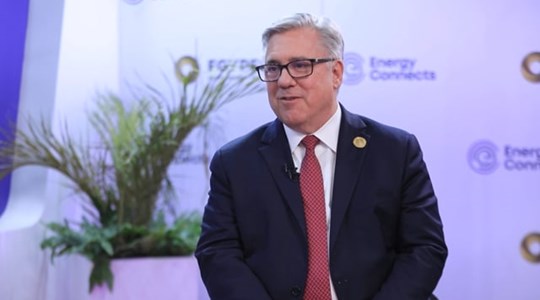
Chevron helping drive Egypt’s journey to become Africa’s energy powerhouse
Mar 11, 2024
Energy Workforce helps bridge the gender gap in the industry
Mar 08, 2024
EGYPES Climatech champion on a mission to combat climate change
Mar 04, 2024
Fertiglobe’s sustainability journey
Feb 29, 2024
India’s energy sector presents lucrative opportunities for global companies
Jan 31, 2024
Oil India charts the course to ambitious energy growth
Jan 25, 2024
Maritime sector is stepping up to the challenges of decarbonisation
Jan 08, 2024
COP28: turning transition challenges into clean energy opportunities
Dec 08, 2023
Why 2030 is a pivotal year in the race to net zero
Oct 26, 2023Partner content

Ebara Elliott Energy offers a range of products for a sustainable energy economy

Essar outlines how its CBM contribution is bolstering for India’s energy landscape

Positioning petrochemicals market in the emerging circular economy

Navigating markets and creating significant regional opportunities with Spectrum



